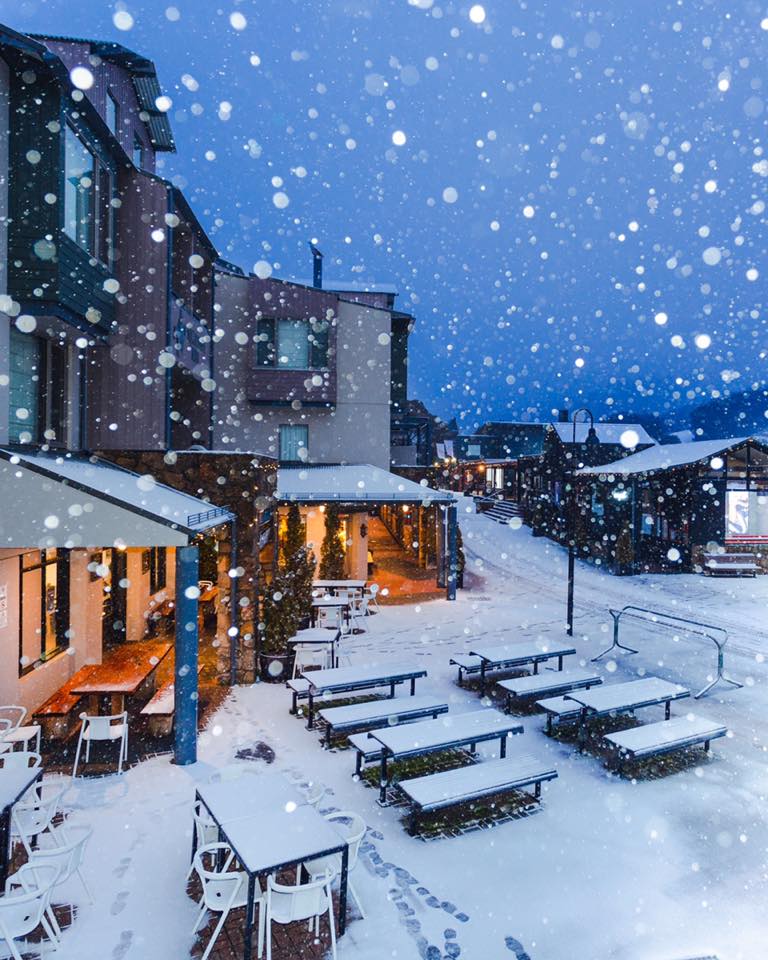Learn Why Snow In Australia is a Must-See for Travelers
Learn Why Snow In Australia is a Must-See for Travelers
Blog Article
The Various Kinds Of Snow in Australia and Their Influence On Winter Months Sports
Australia, recognized for its sun-soaked coastlines, is likewise home to a varied variety of snow conditions that substantially influence winter sports. Each kind, from the wet coastal snow to the completely dry indoor powder, offers one-of-a-kind challenges and benefits for professional athletes. An understanding of these variations is essential for those looking for to browse the Australian inclines, as each needs various techniques and durability. The complying with exploration will talk about the ramifications of these snow types on winter sports efficiency.

Comprehending the Features of Different Snow Kinds
While several think that snow is a homogeneous entity, it is vital to comprehend that there are various types, each with special features. In Australia, these variants are especially obvious as a result of weather diversity. Coastal snow, discovered in locations such as the Snowy Hills, is generally wetter and denser due to high moisture content, making it optimal for snowball battles or building snowmen. On the various other hand, the snow located in the interior areas like the Australian Alps is drier and lighter, usually contrasted to a fluffy powder. These differences in snow type aren't merely aesthetic; they considerably effect winter months sporting activities, determining the convenience of activity, the speed obtainable, and the degree of control called for from athletes.
The Effects of Powder Snow on Snowboarding and Snowboarding
Despite its light and fluffy appearance, powder snow in the Australian Alps offers both one-of-a-kind challenges and chances for winter months sports lovers, specifically those involved in skiing and snowboarding. The smooth and flexible surface area of powder snow additionally decreases threat of injury throughout falls, making it a recommended option for severe winter months sporting activities.

The Obstacles and Advantages of Packed Snow in Winter Season Sports
Shifting focus from the loose, dry powder snow, another widespread kind of snow in the Australian Alps is packed snow, posturing its own set of difficulties and advantages in the world of winter season sports. This denser, more solidified type of snow supplies a much faster, slicker surface area, benefiting sporting activities like downhill winter sports and snowboarding, enhancing rate and accuracy. Nevertheless, the same qualities also existing difficulties. Its hard surface can be risky, boosting the possibility for injuries throughout falls. Browsing turns and managing speed can be challenging on jam-packed snow, calling for higher skill degrees from athletes. Regardless of these difficulties, packed snow remains a crucial aspect in numerous winter sporting activities, forming view it now the efficiency and methods of professional athletes.
The Duty of Damp Snow in Australian Wintertimes Games
In contrast to the dense, slick surface of jam-packed snow, damp snow plays a totally different function in Australian winter months games. Snow In Australia. Its malleability makes it suitable for snow sculpting occasions and for strengthening snow frameworks in sporting activities like snow fort fights.

Exactly How Slushy Snow Influences Winter Sports Efficiency
Continuing the exploration of differing snow conditions in pop over here Australia, the effect of slushy snow on winter months sporting activities is an additional interesting factor. Slushy snow, resulting from warmer temperatures or straight sunshine, positions one-of-a-kind challenges to professional athletes. Therefore, slushy snow changes the winter sporting activities landscape, requiring not just enhanced physical effort from professional athletes but additionally a greater emphasis on security preventative measures.
Adapting Wintertime Sports Techniques to Numerous Snow Problems

Conclusion
In conclusion, Australia's varied snow types significantly affect wintertime sports performance. Each kind, from the slick seaside snow to the drier indoor powder and the hefty, sticky wet snow, provides one-of-a-kind difficulties and advantages.
Changing emphasis from the loose, dry powder snow, an additional prevalent kind of snow in the Australian Alps is jam-packed snow, posturing its own collection of Bonuses obstacles and advantages in the realm of winter months sports - Does Australia Get Snow.In comparison to the thick, slick surface of jam-packed snow, damp snow plays a totally different function in Australian winter months games. Its pliability makes it perfect for snow sculpting events and for strengthening snow structures in sporting activities like snow fort fights.Continuing the exploration of differing snow problems in Australia, the effect of slushy snow on wintertime sports is an additional interesting element. Each type, from the glossy coastal snow to the drier indoor powder and the heavy, sticky damp snow, provides one-of-a-kind obstacles and benefits
Report this page